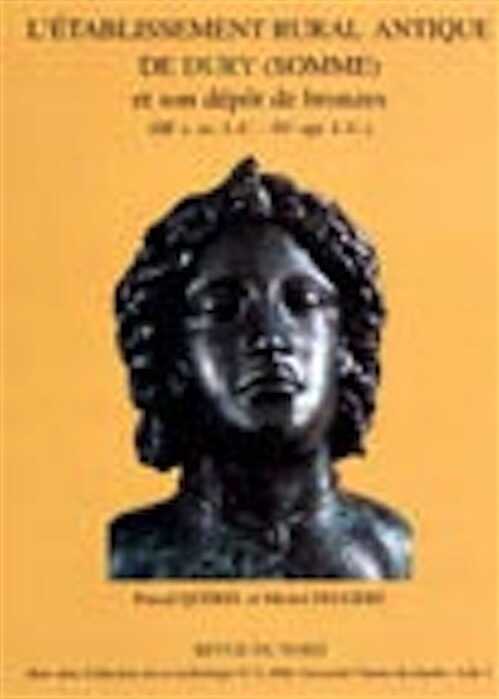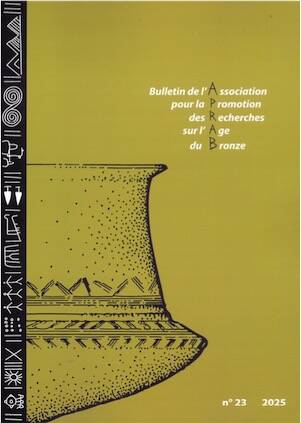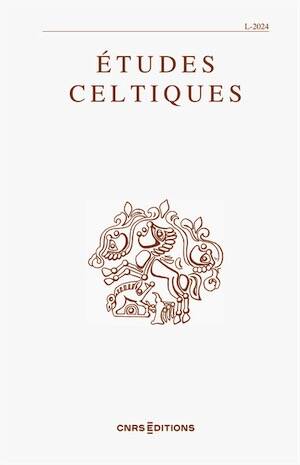- Search
- Advanced search

L'Etablissement rural antique de Dury (Somme) et son dépôt de bronzes (IIIe s. av. J.C. - IVe s. ap. J.C.) (Revue du Nord, HS n°6, 2000), 2000, 193 p., 153 fig. - Revue du Nord Hors-Série Archéologie
Les fouilles réalisées au lieu-dit "Le Camp Rolland", lors de l'aménagement de la Rocade Sud d'Amiens, ont permis d'étudier un site gaulois et gallo-romain dont la chronologie s'étend du IIIe s. av. J.C. au IVe s. ap. J.C. L'analyse détaillée des structures de l'habitat met ainsi en évidence les transformations qui affectent la structure indigène au milieu du Ie s., avec la création d'une ferme gallo-romaine, et l'évolution de la villa entre Haut et Bas-Empire. La fouille a également livré, en relation avec l'habitat et les aménagements du paysage, des données sur les pratiques funéraires laténiennes et gallo-romaines. Enfin, la découverte d'un important lot d'objets en bronze du IIIe s. permet d'analyser dans le détail un type de dépôt encore mal connu, par l'étude précise de son contexte archéologique et de sa constitution / Due to excavations conducted at "Le Camp Rolland", near Amiens, during the layout of the Amiens South Road, it has been possible to study a Celtic and Romano-gallic site ("La villa de Dury") dating from the IIIth c. BC to the IVth c. AD. Detailed analysis of the structures allows to point out the transformations of the local buildings in mid Ist c. (creation of a "Roman villa") and throughout the Empire. Excavations also gave information on burial practices of La Tene or Roman periods, in relation to buildings or landscape. Finally a detailled account is given of the archaeological context and the composition of an important bronze hoard of the IIIrd century.
Référence : 20782.
French
20,00 €
In the same Epoch




